With the current high real estate prices, the group of workers with high incomes from 13 - 18 million VND/month in urban areas: Hanoi, Da Nang, Ho Chi Minh City, Binh Duong, even if they save, will find it difficult to buy a house.
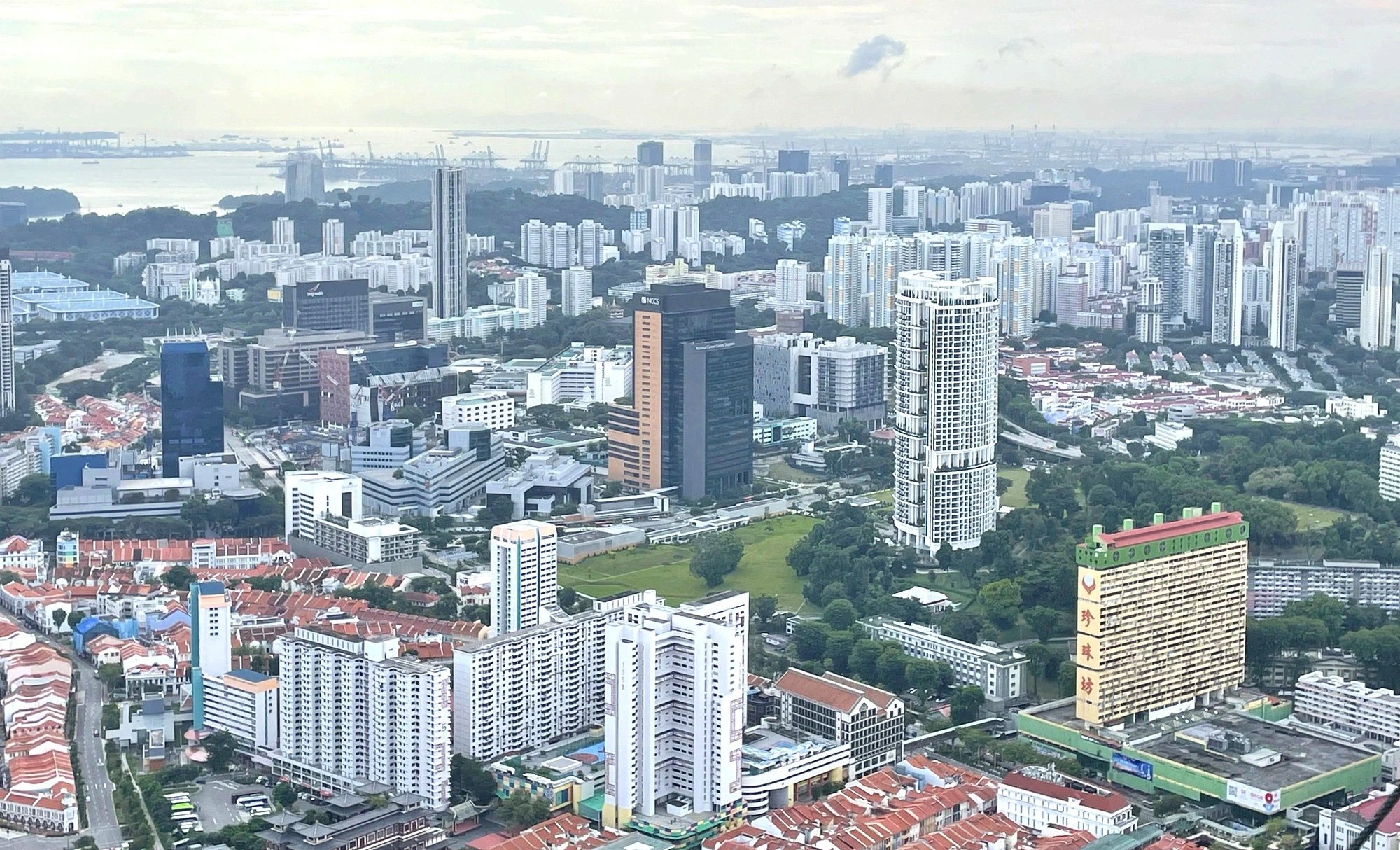
With current income, the group of working households with the highest income in big cities cannot afford to buy a house - Photo: B.NGOC
The assessment was made by the Vietnam Association of Realtors (VARS) in its recently released market research report for week 1 of December 2024.
Saving all year is only enough to buy 1 - 2m² of house
The results of the 2023 population living standards survey announced by the General Statistics Office in April this year divided the average income of people in large cities such as Hanoi, Da Nang, Ho Chi Minh City, and Binh Duong into 5 income groups.
Accordingly, in 2023, the group of people with the highest average income in Hanoi will reach about 14.4 million VND/month, Ho Chi Minh City will reach nearly 13.3 million VND/month, Dong Nai will reach 13.9 million VND/month, Binh Duong will reach 18.3 million VND/month.
According to VARS, this is the group of people expected to be able to own houses in big cities like Hanoi and Ho Chi Minh City without needing support from the Government.
But with the current high housing prices, commercial apartment prices ranging from 40-70 million VND/ m2 depending on the area and housing segment, even this high-income group finds it very difficult to buy a house.
VARS assumes that each household with 2 people of working age is in the highest income group, then the average income of this group is estimated at about 30 million VND/month/household, equivalent to about 360 million VND per year.
The maximum affordability if applying the common financial rule is that housing costs do not exceed 1/3 of income, equivalent to about 80 million VND/household/year. This amount is only enough to buy 1 - 2m² of apartment in Hanoi and Ho Chi Minh City today.
Meanwhile, each commercial apartment in the above mentioned big cities is being advertised for sale from 40 - 70 million VND/m², a small apartment of about 60m² also has a selling price of about 2.5 - 3.5 billion VND/apartment.
In case the high-income group in this urban area decides to buy a 60m² apartment for about 3.5 billion VND, and borrows 70% of the house value from the bank (loan about 2.45 billion VND), with an interest rate of 8%/year for 20 years, the monthly installment will be about 25-27 million VND, equivalent to about more than 300 million VND per year.
Thus, with a maximum housing payment of 80 million VND/year, almost all high-income households in urban areas cannot buy a house without support from relatives and the Government.

The market is seriously lacking in affordable housing supply, but rows of million-dollar villas that already have owners have been left abandoned for decades - Photo: B.NGOC
Most people cannot afford to buy a house.
According to VARS, the ability to access housing and create accommodation for the majority of people, especially workers, has decreased sharply in the past few years.
The reason is that housing prices in big cities, which are already far beyond the financial capacity of most people, are increasing rapidly. The rate of increase in housing prices is many times higher than the rate of increase in people's income.
The next reason is the lack of affordable housing supply, the current housing supply mainly focuses on the mid-range and high-end segments and above. There are very few housing projects priced below 30 million VND/ m2 , leaving the majority of people, including group 5, without suitable home buying options.
Also according to VARS, recently some investors have taken advantage of the scarcity of market supply to unreasonably increase selling prices, causing real estate prices to increase in areas without many infrastructure advantages, causing difficulties for those who want to buy real estate.
One of the main factors driving up real estate prices is speculative behavior. In the context of other investment channels still having many fluctuations, the psychology of hoarding assets and expecting real estate prices to continue to rise, causing many people to buy houses and land without the purpose of actual use.
They buy real estate and then leave it abandoned, not using it, waiting for prices to increase, making the imbalance between supply and demand even more serious.
In addition, another factor that is less mentioned but has a big impact on home prices is financial costs. Although interest rates have decreased, home buyers in Vietnam still have to pay floating interest rates after incentives of about 10% or more. This also creates financial pressure for home buyers.
To reduce housing prices, VARS believes that in addition to continuing to research and apply preferential policies on land, taxes and loans for social housing projects and affordable commercial housing, the State needs to continue to promote the improvement of connecting infrastructure, "replicating" urban development according to the TOD model - an urban development model focusing on public transport. This is an inevitable trend to solve the housing problem for urban residents in Vietnam.
If residential, commercial, and service areas are built around public transport routes such as trains, metros, and rapid buses, people will certainly be willing to move to suburban areas where businesses can develop projects with lower prices. When the supply is large enough and suitable, housing prices will gradually adjust to their true value.
Source: https://tuoitre.vn/thu-nhap-cao-cung-lao-dao-voi-gia-nha-o-ha-noi-tp-hcm-20241209094600661.htm


![[Photo] Flower cars and flower boats compete to show off their colors, celebrating the 50th anniversary of Da Nang Liberation Day](https://vstatic.vietnam.vn/vietnam/resource/IMAGE/2025/3/28/086d6ece3f244f019ca50bf7cd02753b)




![[Photo] Training the spirit of a Navy soldier](https://vstatic.vietnam.vn/vietnam/resource/IMAGE/2025/3/29/51457838358049fb8676fe7122a92bfa)


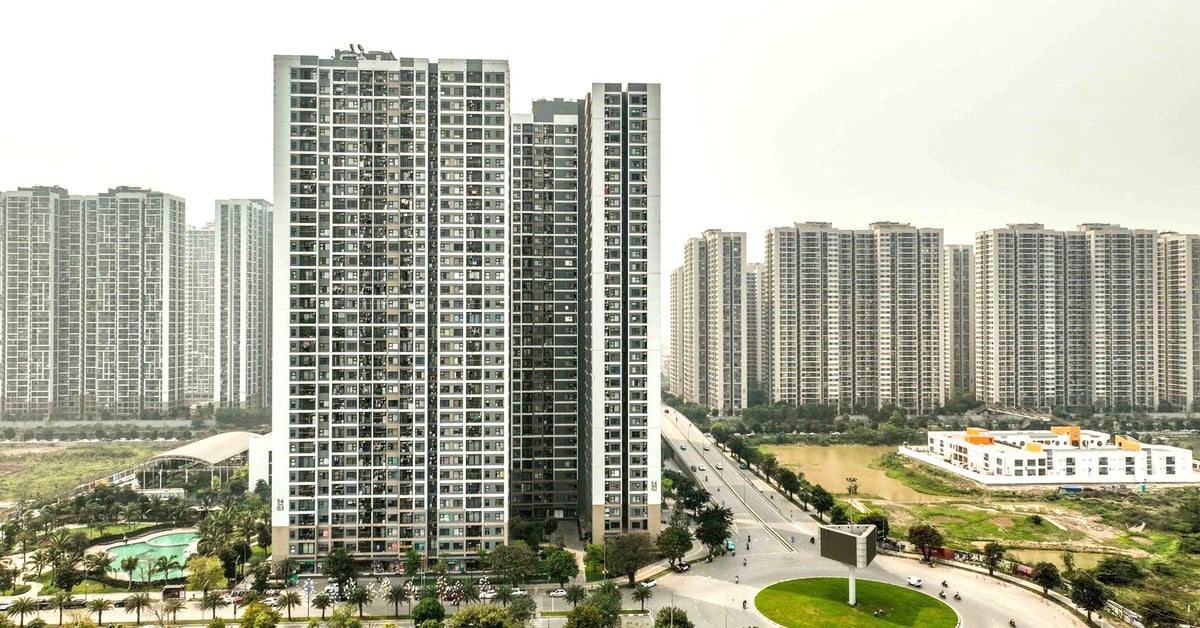
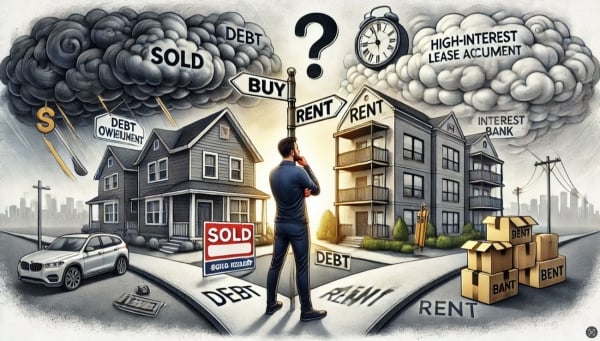

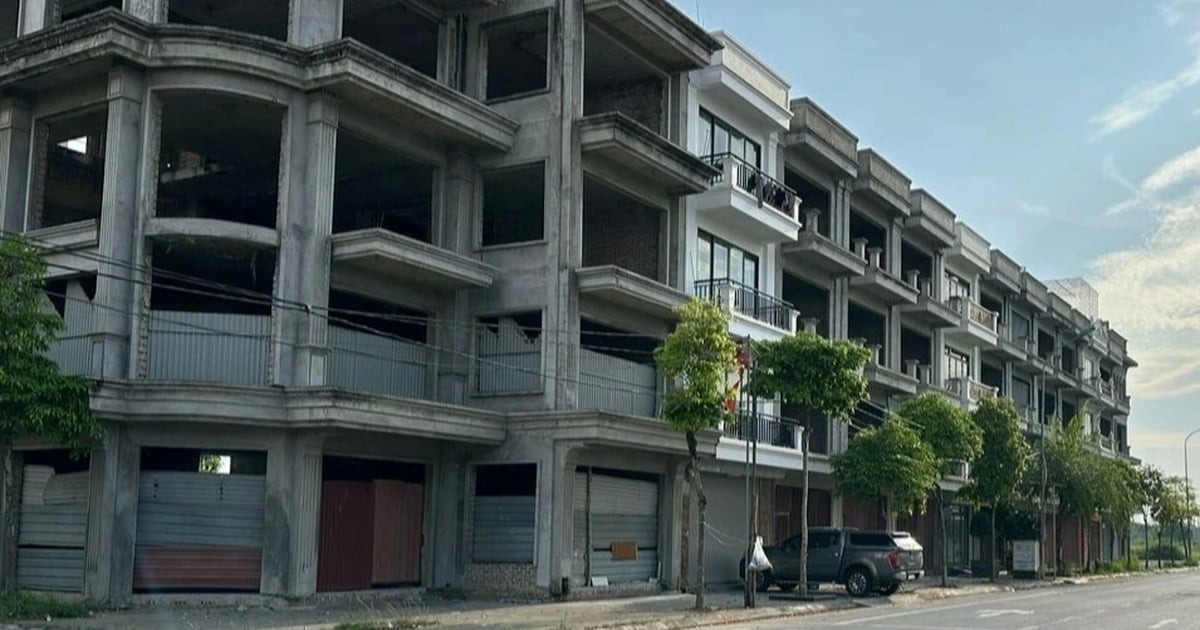

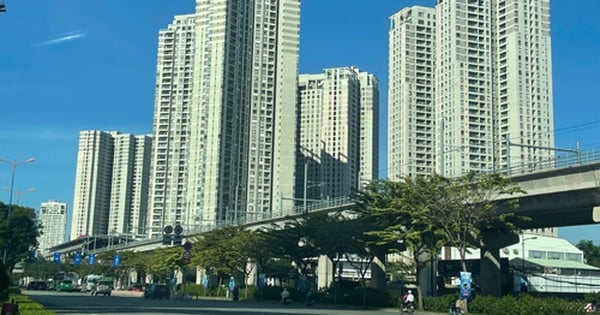
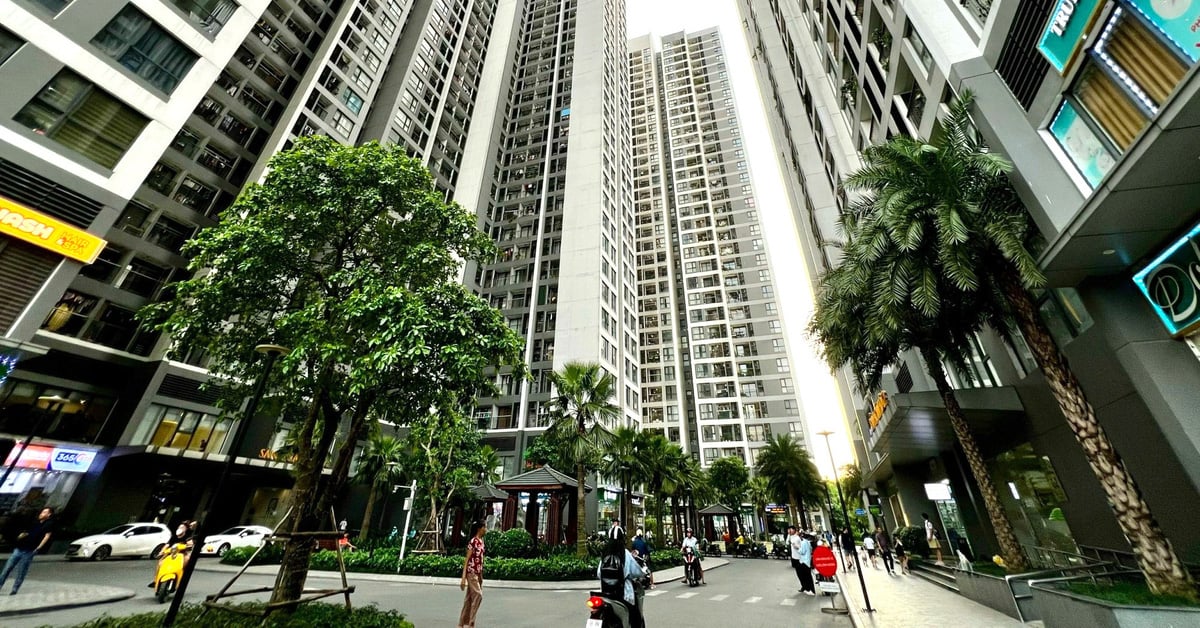













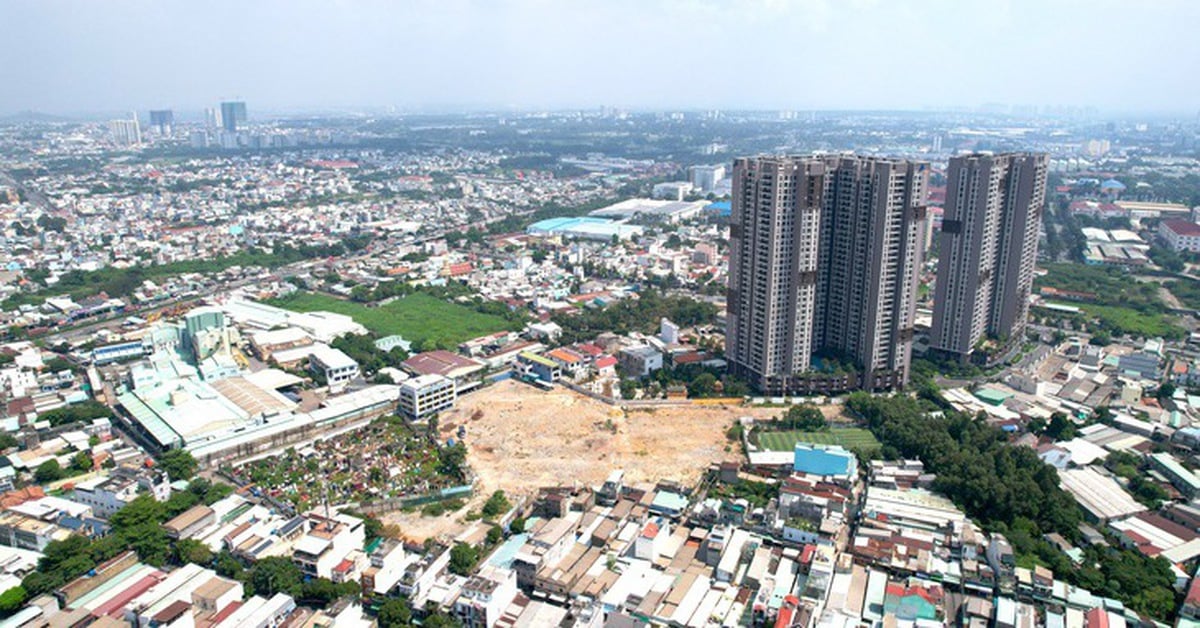


![[Photo] President Luong Cuong hosts state reception for Brazilian President Luiz Inacio Lula da Silva](https://vstatic.vietnam.vn/vietnam/resource/IMAGE/2025/3/28/56938fe1b6024f44ae5e4eb35a9ebbdb)
















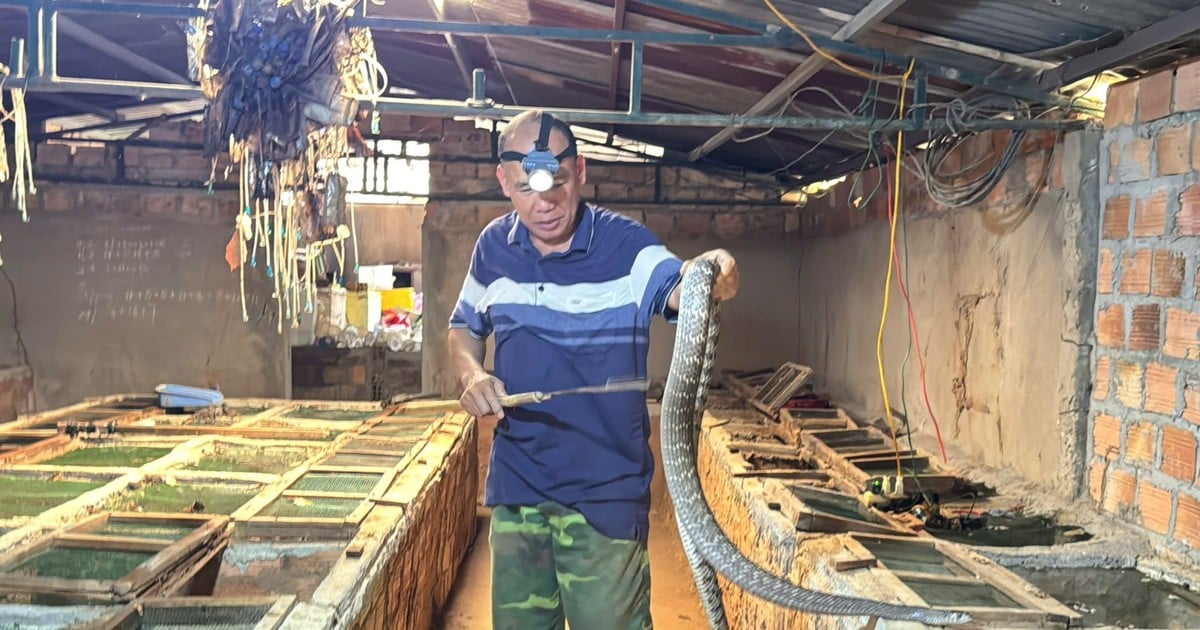
















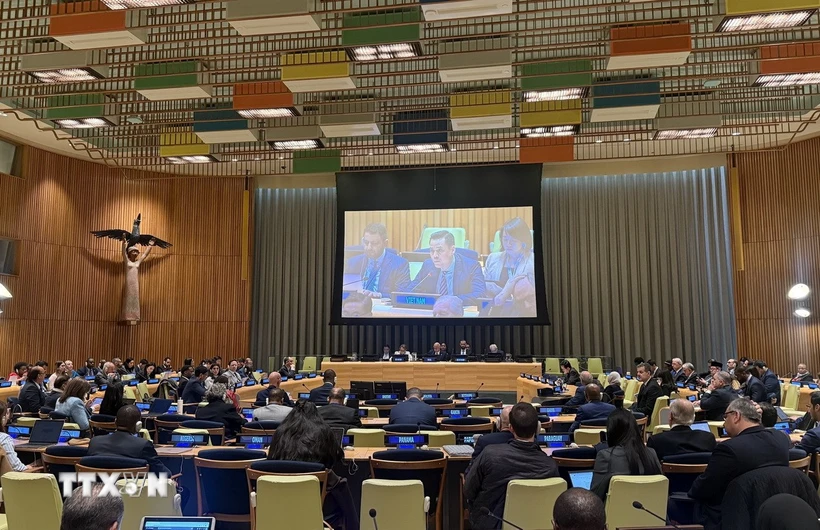

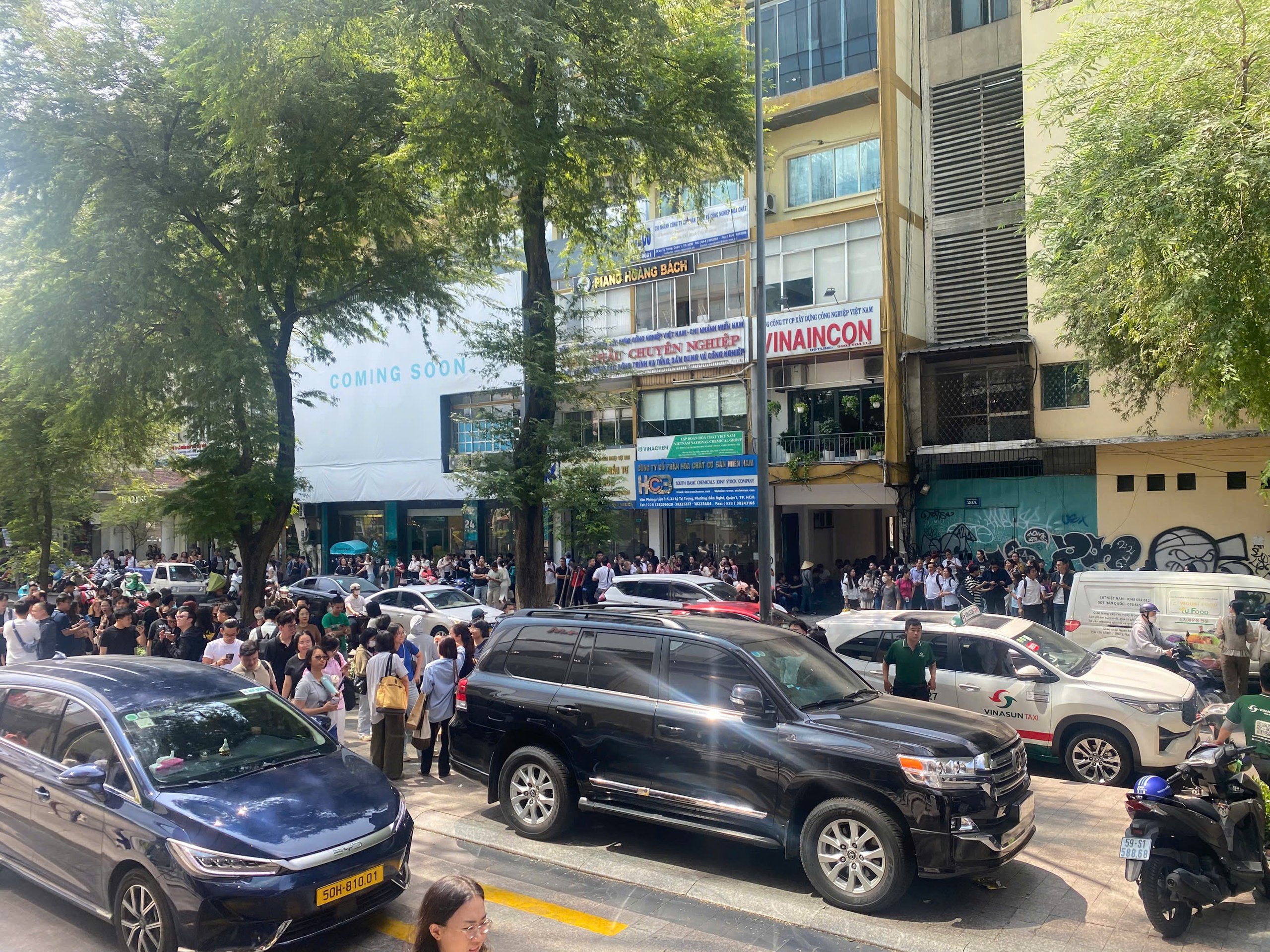
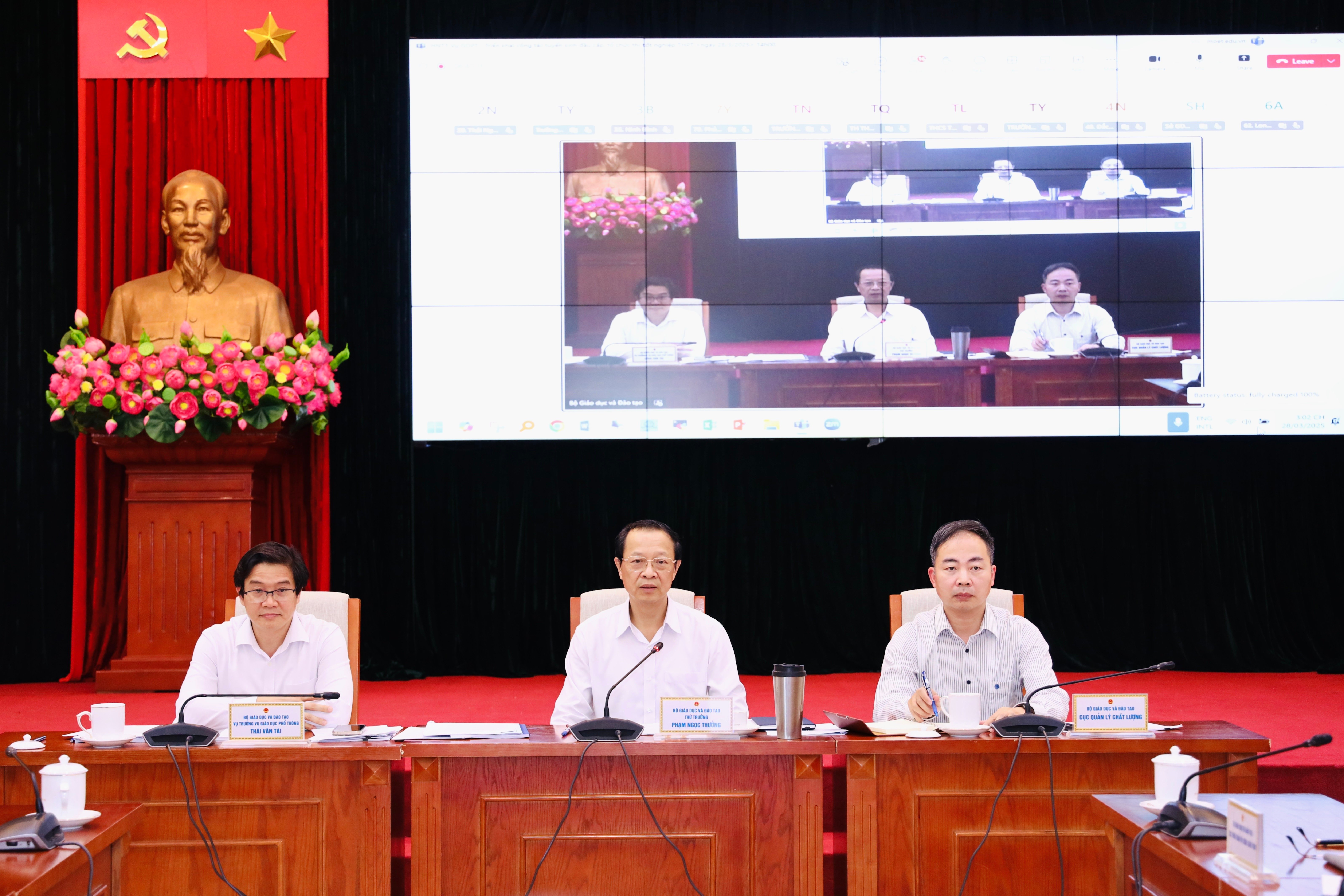














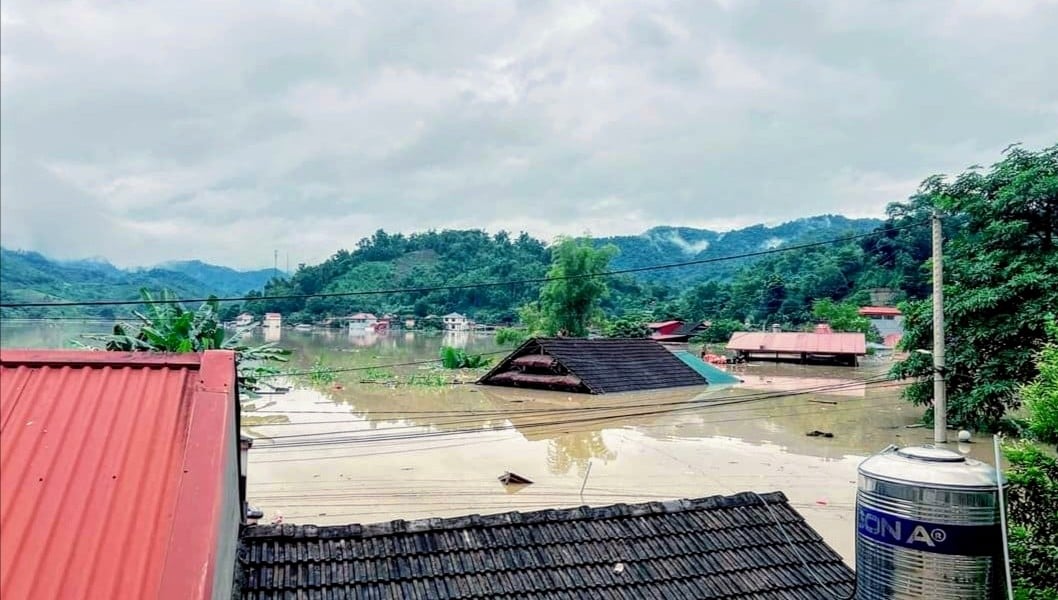







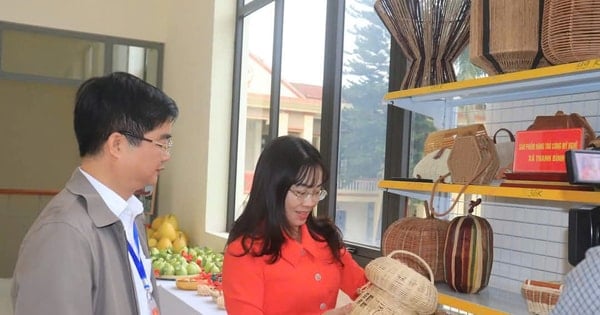






Comment (0)